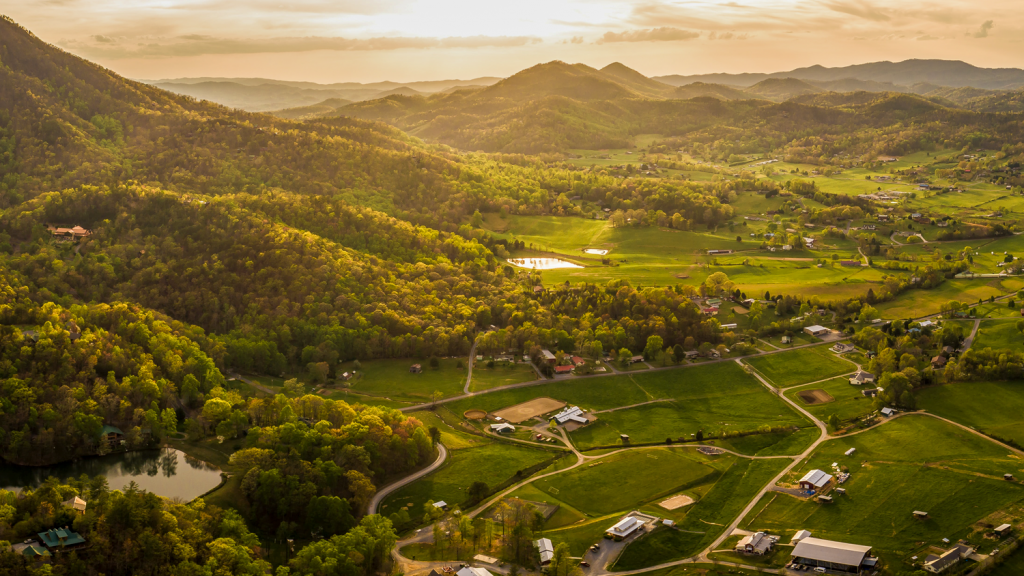
Radnor Lake State Natural Area is located a few miles from my office. Trails meander through the woods surrounding the lake and provide a peaceful respite. It is a unique place — thanks to an abundance of wildlife and the fact that it is only a short distance from downtown Nashville.
But Radnor Lake isn’t “natural.” It was built by the Louisville and Nashville Railroad Company in 1914. The railroad needed a reliable supply of water for steam locomotives at the large switching station located a few miles away. Radnor Lake was the answer, and in 1919, a million gallons of water each day began flowing to Radnor Yards.
As the lake filled, birds began to discover the area as a feeding and resting place during their annual migrations. Today, Radnor Lake is a 1,300-acre haven for bird watchers, hikers and photographers.
Like so many other things this year, the coronavirus pandemic forced us to find new ways of doing things — in fact, new ways of doing almost everything.
As much of the country shut down, co-ops went to work. Our communities truly depend on what we do and the energy we provide. For the safety of our employees and customers, many co-ops across the state closed their lobbies. We staggered working hours to limit contact among employees and extended extra grace to members struggling to pay their bills.
The pandemic underscored the essential nature of the work we do. As desperate as this year has been, imagine how much worse it would have been without the energy and connectivity that co-ops provide. Imagine this year without work from home, church from home, school from home, shopping from home.
Co-ops abide by a set of guiding principles, the seventh of which is Concern for Community. Tennessee’s co-ops made $1.6 million in charitable donations this year. Additional matching grants provided by the Tennessee Valley Authority pushed our total community support to more than $2 million. These contributions went to assist local nonprofits and food banks and to construct community Wi-Fi hotspots.
Each year, cooperatives spend millions — more than $180 million this year alone — improving and maintaining the electric grid and expanding broadband services. No matter what the future holds, we will continue to invest in the communities we serve.
There is no doubt that building involves risk. Perhaps you invest in a new technology, and it doesn’t pan out. Or you invest in a proven technology — perhaps building a 700-acre lake for your steam locomotives — and a new technology comes along that makes it no longer necessary.
In the 1950s, the use of diesel fuel contributed to the demise of steam-driven trains, and the Louisville and Nashville Railroad Company no longer had a use for the water from Radnor Lake. The steam engine had laid the groundwork for our nation, but a better option came along. The world changed for railroads, and they adapted.
Building is a risky endeavor. Not building also involves risk. Imagine how wildly different our nation would look if the railroads had determined that a transcontinental line was just too hard or too expensive.
More importantly, imagine how different rural and suburban Tennessee would look if electric co-ops had not made significant — some might say “risky” — investments in infrastructure. We did it in the 1930s, and we’ve continued to do so, continually investing in the newest technology.
We build infrastructure; we build connections; we build hope and opportunity. Electric co-ops build a brighter Tennessee.



